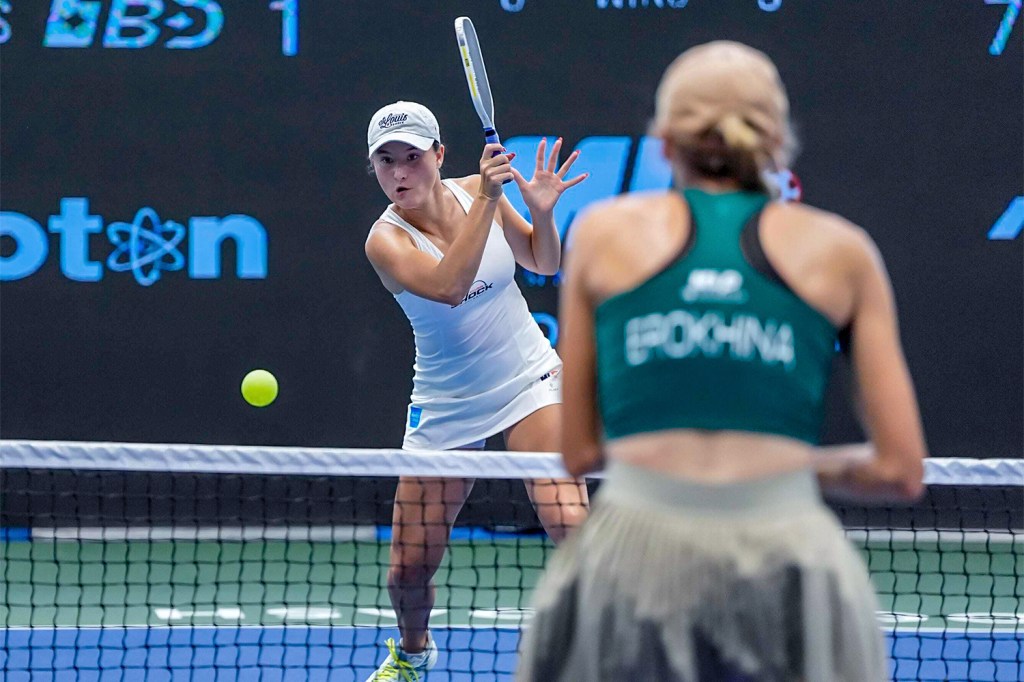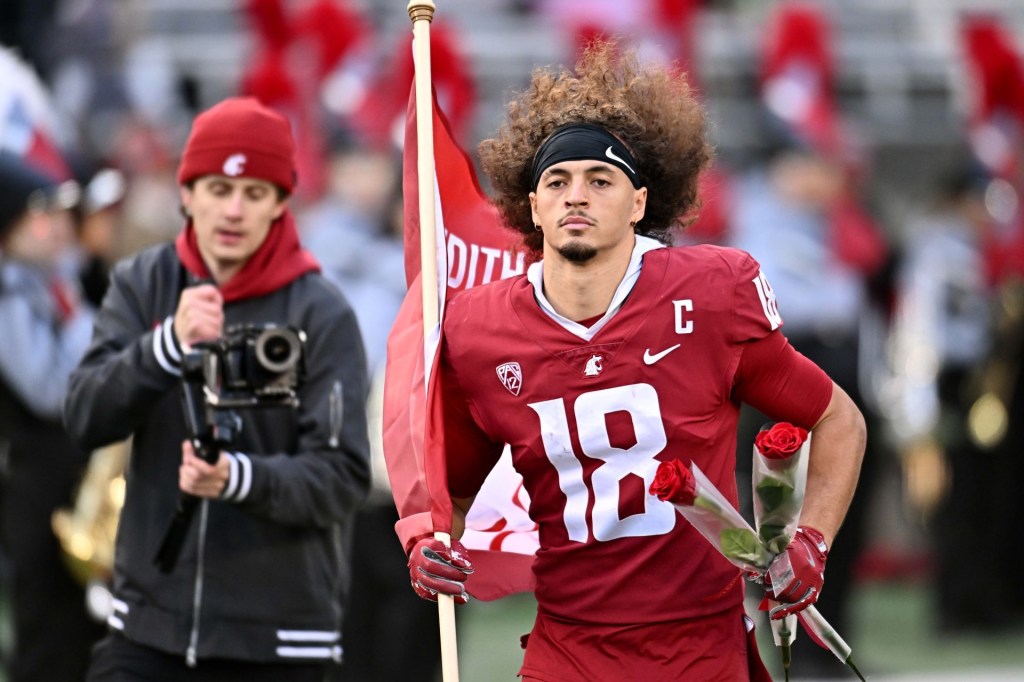Every month, dozens of athletic department NIL directors hop on a Zoom call.
All of the participants are in-house staffers at their various schools. Consultants, installed at athletic departments and hired by NIL (name, image, and likeness) companies like Altius Sports Partners, aren’t allowed. The email invitation goes out to more than 100 people all across the country. They work through problems, compare notes on the newest third-party companies, and sometimes welcome guests. But often, the goal of the meeting is simply to commiserate.
The Zoom meeting is an attempt to build camaraderie for a group of roles that are, in many cases, less than a couple of years old. From recruiting and fundraising to acting as de facto agents, directors have around-the-clock jobs that often touch every area of the athletic department. They’re also tasked with vetting third-party companies, keeping up with the ever-changing legal landscape, and helping figure out how to implement the House v. NCAA settlement—and looming athlete revenue-sharing model.
The NIL directors, paid far less than the athletic directors, coaches, and sometimes athletes they serve, are leading the campus charge into the new era.
“The titles vary. The staff structure varies. But a lot of us are doing similar work,” UCLA assistant director of NIL Maddie Walsh tells Front Office Sports. What that work entails, of course, is changing at a breakneck pace.
The first NIL director roles started popping up in the fall of 2021, just a few months after the NIL era began.
Some of these early positions were created and filled by previous athletic department employees. Some started in fundraising, while others were in compliance. Wisconsin’s director of NIL strategy, Brian Mason, was a former SID (sports information director), and moved into the role “out of necessity” in August 2022.

“About a year into the NIL era, it became clear that while we had all the right people around the table, we didn’t have anybody who was waking up every day thinking about, ‘O.K., how do we tackle NIL?’” he tells FOS. That was really how the official role was born, and I was a pretty natural fit for it.”
Others who had no prior athletic department experience were hired by schools desperate to tackle the new Wild West and to continue raking in recruits. Florida director of NIL strategy Ben Chase worked at external NIL company Blueprint Sports—so far outside the traditional NCAA space that he didn’t even know the meaning of an SID.
Despite the disparate backgrounds, NIL directors share a common outlook. “You need someone based on the strategy—but who can handle whatever fires are coming up each day,” Mason says. “You have to have a comfort level with being uncomfortable.”
Chase realized the easiest way to connect with players was when they were eating. He started hosting formal NIL office hours in the Gators dining hall twice a week during the most common mealtimes for athletes. Players want to know whether they need agents or whether international athletes can participate in a particular NIL deal. But for all the intricacies Chase has been brought in to manage, he says he gets one simple question most often: “‘When am I getting paid?’”
Chase, as well as his counterparts at other schools, may have been hired to consult on educational and compliance matters. But now, they’re involved in the deals themselves as well as the potential hazards and sketchy contracts that athletes may encounter. Of course, they work closely with collectives, and some even help with collective fundraising.
The Washington athletic department is taking it one step further: In mid-October, it announced the launch of Dawgs Unleashed, a group within the athletic department that would work as an agency for athletes in all sports. Led by Joe Knight, who moved over into the role from a fundraising position within the Huskies department, the group will focus on securing local deals. “I am very optimistic about this model of us representing student-athletes directly,” says Knight, who believes it could be a model for the future.

NIL directors don’t just look out for their athletes—they’re also the main filter for the cottage industry of NIL companies. “Every three days I have a call with some third party trying to pitch us the ‘new solution’ for something” in the NIL space, Chase says. He says that he vets those pitches for the athletic department. The monthly Zoom call plays an integral role in this aspect of the job. “The power of that group is we could easily cancel a company overnight,” he says. Because of the group, NIL directors across the country knew about Nilly—the subject of an ESPN investigation earlier this month—all the way back in February.
NIL directors usually oversee the entire athletic department. And yet, they’re now expected to attend recruiting meetings with players across sports. They give presentations on NIL resources and answer questions for players and parents, often presenting one of the most important factors a player will consider in their choice. “Those are just a lot of Friday afternoon meetings,” Walsh says of her role at UCLA. Walsh doesn’t travel for recruiting meetings, but she said some of her counterparts at other programs do.
“It’s definitely a liaison job,” Walsh says. “I feel like I’m kind of a connector within the department.”
NIL directors described the role as exhilarating and rewarding—but also, at times, exhausting.
“It is absolutely a 24/7 job,” Mason says. Chase said an athlete texted him asking about a payment plan for a deal on Thanksgiving Day last year.
It can even be a bit lonely. “I work for 17 coaches, but I’m not a part of a team,” Chase says. Though he added some coaches go the extra mile to make him feel included. He got invited to a gymnastics Halloween party, received gear from the soccer program to wear during recruiting meetings, and was gifted a signed ball from the softball program.
But despite the long hours and long to-do lists, directors aren’t getting rich. Chase took an informal survey of 26 directors from the monthly Zoom call, and he found that about half earn between $75,000 and $125,000. “You’re working on deals for student-athletes based on what you could get paid in a year,” Colorado’s former assistant director of NIL, Sadie Baker, who worked for the Buffaloes during the early Deion Sanders era, tells FOS.
For these reasons, along with the greater instability of college sports, the job has a high level of turnover. “I was the first one in this position at 25 years old,” Baker says. “I loved that; it was probably my favorite part of it. I got to create my own every day. … We were able to build a lot there.” But Baker left the Buffaloes just a few weeks ago for an athlete marketing role at Team IFA, where she’ll be working primarily with NFL clients but also some college athletes. She did so for several reasons, she said. But she noted that despite her passion for the NIL director role, “it’s definitely not a sustainable position.”
There are more shake-ups on the horizon, with the looming House v. NCAA settlement that would allow for schools to share millions in revenue with players for the first time in NCAA history—though the settlement would also impose new NIL restrictions related to booster and collective-funded deals. Some schools are in wait-and-see mode: Colorado isn’t rehiring Baker’s specific position at this time. Others, like Knight at Washington, feel like they have it figured out.
But if there’s one common truth for NIL directors across the country, it’s the age-old cliché: The only constant in life is change.


















